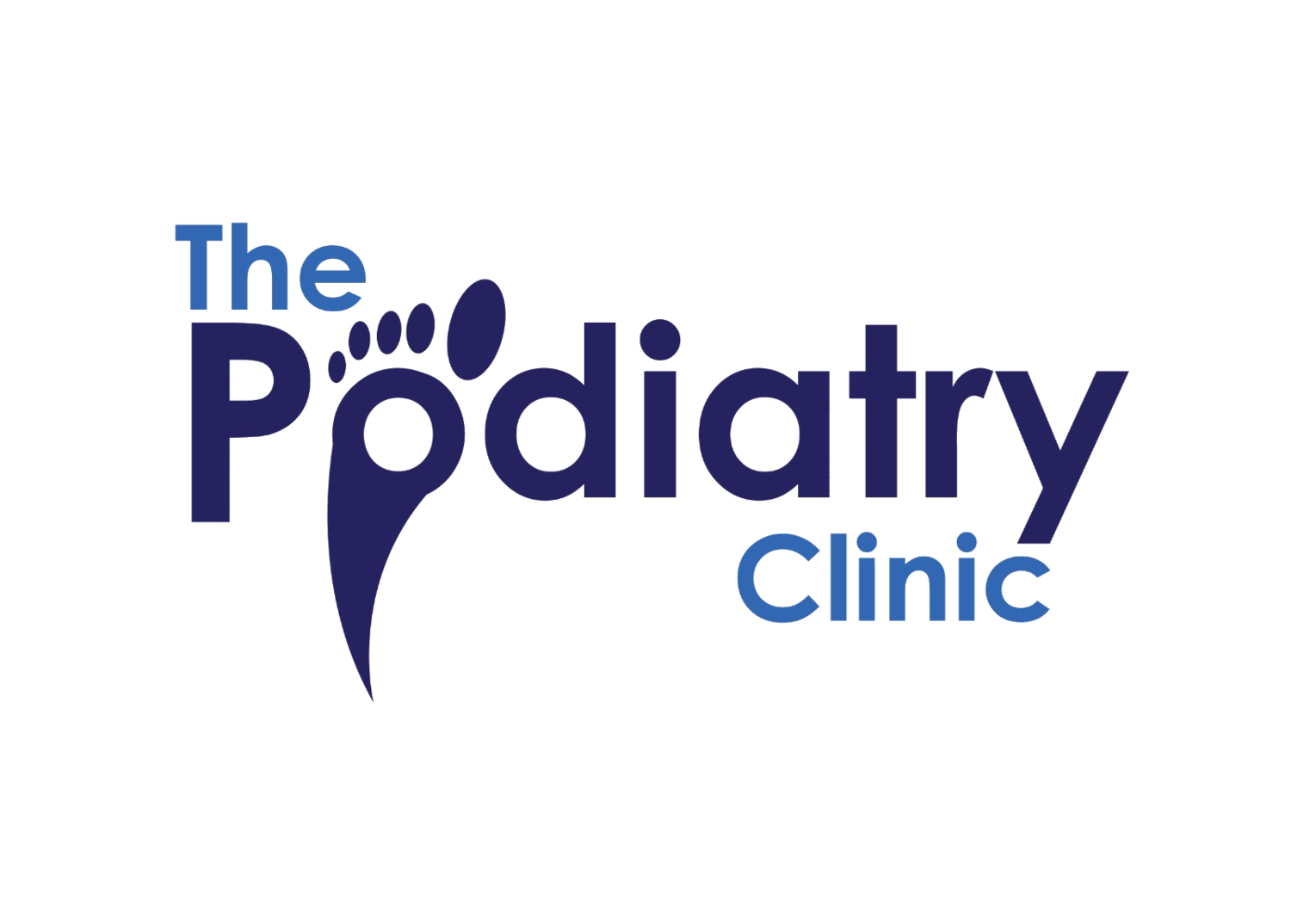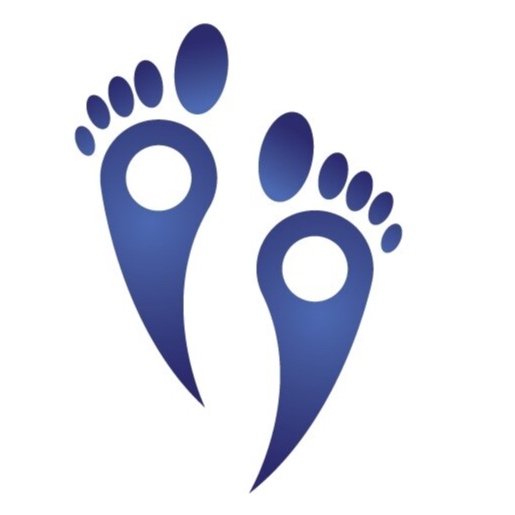Shoulder Pain: Is it joint or rotator cuff?
The ball (humeral head) and the socket make up the shoulder joint (glenoid). The rotator cuff is made up of four tendons that form a cuff around the humeral head (ball). Supraspinatus, subscapularis, infraspinatus, and teres minor are the four tendons that make up the rotator cuff; however, biceps tendon (long head) is another important tendon around shoulder but does not form part of rotator cuff and does not contribute into cuff related stability in shoulder. The rotator cuff's job is to keep the shoulder joint stable and assist with movements like lifting and rotating the arm. The supraspinatus tendon is the most commonly injured tendon followed by subacromial subdeltoid bursitis and tenosynovitis of long head of biceps tendon (Artus et al 2014).
Tendon swelling or tendon sheath swelling (tendinitis and tenosynovitis), weakening of tendon secondary to wear and tear (tendinopathy) or a tendon tear are the most common causes of rotator cuff pain. It's a common injury we see in clinic, and it can be extremely painful and debilitating. It is most common in people between the age of 40 and 60.
The bursa, specifically the sub-acromial bursa, is located on top of the rotator cuff . This structure is extremely sensitive to pain and is frequently involved in rotator cuff pain. Bursitis occurs when the bursa becomes inflamed and can be extremely painful.
Rotator cuff symptoms and/or subacromial bursitis are characterised by pain on the side of the upper arm and shoulder weakness. When patients perform certain movements, the pain is often achy with an occasional sharp pain. During overhead activities like tennis and lifting weights in the gym, patients frequently have difficulty lifting their arm and putting it behind their back.
What causes rotator cuff pain and who gets it?
The following factors can cause rotator cuff pain:
Young athletes and middle-aged people who engage in repetitive overhead activities such as tennis, golf, badminton, swimming, and weightlifting are at risk for rotator cuff tendinitis/tendinopathy. However, it can also happen to people who are more sedentary such as housewife and office workers.
Rotator cuff tendinitis/tendinopathy is linked to a number of chronic diseases, including diabetes and obesity.
The rotator cuff tendons become swollen and painful in rotator cuff tendinitis/tendinopathy. The pain is usually caused by doing too much too soon.
When returning to the gym or a sport after a long period of inactivity, for example. Subacromial bursitis is frequently associated with rotator cuff tendinopathy. It frequently happens for no apparent reason, such as a fall, and there is no accident or trauma involved.
Tear in the rotator cuff: One of the main risk factors for rotator cuff tears is age, which means that as we get older, we are more likely to experience shoulder rotator cuff pain and tears of rotator cuff are more common after the age of 50 secondary to wear and tear (degenerative changes). Surprisingly, the severity of the injury or size of the tear does not always correlate with the intensity of the pain. Small tears may give significant pain or larger tears may only give mild pain. There is also another condition such as subacromial bursitis which contributes into the pain.
We don't know why some people develop bony deposits in their rotator cuff tendons (calcific tendinopathy, also known as calcific tendinitis). Calcium builds up in some people's tendons, but it doesn't hurt them. It's sometimes linked to metabolic diseases like diabetes and abnormal thyroid gland activity. It can affect anyone, but it's more common in people who do a lot of overhead activity or exercise, like tennis badminton golf players or painters.
Calcific tendinopathy occurs when the rotator cuff tendon develops bony deposits (calcium/calcification). The supraspinatus and infraspinatus tendons are usually affected. We don't know what causes the tendon to develop bone deposits. It can cause severe pain that comes on quickly, especially at night, as well as a significant restriction in shoulder movement. Acute calcific tendinitis is the medical term for this condition.
How do you diagnose rotator cuff pain?
Rotator cuff pain is a "clinical diagnosis," meaning that your physiotherapist can diagnose it during your initial evaluation. Rotator cuff pain has the following symptoms:
Outside of the shoulder, achy pain that can travel to the elbow.
When you move your arm quickly above your head or behind your back, it causes sharp pain.
When you lift something up, you get a feeling of weakness.
You are unable to fully move your shoulder.
The pain is usually worse at night, especially if you sleep on your shoulder.
During your initial assessment, your physiotherapist will perform some specific shoulder tests in order to learn more about your condition.
Many factors must be considered, and if your physiotherapist believes they are relevant to your case, they will be evaluated:
Your rotator cuff muscles' strength.
Your scapula muscles' strength and stability.
Your neck and middle back (thoracic spine) are both mobile (cervical spine).
Technique in the gym or while participating in sports.
Your physiotherapist will be able to tell you if you have rotator cuff pain based on your assessment.
A diagnostic ultrasound or an MRI scan of the shoulder is required to definitively diagnose tendinopathy, tear, or calcific tendinopathy. These scans examine the inside of your shoulder, focusing on the rotator cuff.
All of our physiotherapists at Podiatry Clinics are also qualified musculoskeletal sonographers, and they will perform a diagnostic ultrasound scan on your first visit. If you think you'll need an ultrasound scan before starting physiotherapy, please let our receptionist know when you call to schedule an appointment. The diagnostic ultrasound scan is included in the price.
What can you do to alleviate shoulder discomfort?
Physiotherapy can help with the majority of rotator cuff issues.
Tendinopathy of the rotator cuff:
This is a very common problem that usually goes away after a few sessions of physiotherapy. Your physiotherapy treatment plan may include the following:
Treatment with your hands for:
Muscles that are "tight and overactive" should be released.
Improve shoulder joint and surrounding structures, such as the thoracic spine, mobility (mid-back)
To address the following issues, improve the recruitment and muscle patterning of shoulder muscle rehabilitation exercises:
Exercises for rehabilitation to address:
rotator cuff and surrounding muscles strength
the scapula's stability (shoulder blade)
spine mobility, especially in the neck (cervical spine) and mid-back (thoracic spine)
Tendonopathy requires a 6- to 12-week period of strengthening exercise, according to research. If the pain persists after this time or you are unable to perform the exercises due to pain, an ultrasound-guided injection may be recommended.
Rotator cuff tear: Physiotherapy alone can help with 80-90 percent of rotator cuff tears, so surgery isn't necessary (Nicholas et al, 2012 and Ainsworth et al, 2016). The treatment will be similar to that for rotator cuff tendinopathy/tendinitis described above. Even if the tear does not heal, there is good evidence that you can still have no pain, full range of motion, and full shoulder function. Remember that most people only have a single tendon tear, and we have three other tendons to compensate!
If your pain,
is deteriorating.
waking you up in the middle of the night
preventing you from participating in physiotherapy exercises
For the pain, we strongly advise you to consider an ultrasound-guided steroid injection.
Should you have surgery for a rotator cuff tear?
The answer is simple, no. A rotator cuff tear usually does not necessitate surgery. As previously stated, many people can have a rotator cuff tear (even full-thickness/large tears) and still function normally. With age, the prevalence of asymptomatic rotator tears rises dramatically. Surprisingly, people over the age of 60 are just as likely to have asymptomatic (painless) tears as they are to have symptomatic (painful) tears (Peter et al 2016 and Lawrence et al, 2019).
There is one group of patients, however, who may require surgical advice.
If you've developed acute shoulder pain as a result of a fall or injury, an ultrasound scan is recommended to confirm the diagnosis. If there is a full-thickness tear, such as a large rotator cuff tear, an orthopaedic consultant should be consulted. If necessary, your physiotherapist can refer you.
Calcific tendinopathy (also known as calcific tendinitis):
You have two options if you have been diagnosed with calcific deposits/calcification within the tendon and the pain is not improving with activity modification and physiotherapy.
Shockwave therapy is used to break down calcification and encourage the body to absorb deposits. This requires a minimum of three sessions spaced one week apart, but depending on the amount of calcification, you may need more.
Cortisone Injection (with or without Ultrasound Guidance) – is an effective injection procedure for calcific tendonopathy that we have been using for many years. It entails cortisone injection in the subacromial bursa.
Barbotage/Lavage– is an effective injection procedure for calcific tendonopathy that we have been using for many years. It entails breaking down and aspirating (removing) the calcification with a needle under ultrasound guidance, avoiding surgery.
We may not be able to remove all of the calcification in some cases, and/or your pain may persist. You may need a surgical opinion in these situations. We work with some of the best shoulder surgeons in the UK, and your physiotherapist will be able to refer you if necessary.
Do’s and Don’ts for rotator cuff pain
Do:
✔ Maintain as much movement in your shoulder as the pain allows, but reduce or eliminate the activities that aggravate your pain.
✔ Perform your physiotherapy exercises on a regular basis.
✔ Consider an ultrasound-guided steroid injection if you're having trouble sleeping.
Don’t:
X Surgery should be scheduled as soon as possible. Unless you've had a particular fall or injury – The majority of rotator cuff injuries do not necessitate surgery.
X If your pain is getting worse, i.e. more frequent and/or intense, keep doing the same activities.
X Suffer silently. We're here to assist you!
If you want to run but are worried about developing OA, a physiotherapist can examine your risk factors and discuss the benefits and drawbacks of running for you as an individual. They can assist you in developing a specific plan and techniques to help you avoid injury, such as strength and conditioning programmes or relaxing stiff joints and muscles, and they can also assist you in properly rehabilitating injuries if they do occur.
Contact us: 0121 285 5656 Email: hello@thepodiatryclinics.co.uk
OR simply click the button below!
References:
Artus, M., Holt, T. and Rees, J. (2014) The painful shoulder: an update on assessment, treatment, and referral. British Journal of General Practice 64(626).
Lawrence, R.L., Moutzouros, V. and Bey, M.J., 2019. Asymptomatic Rotator Cuff Tears. JBJS reviews, 7(6), p.e9.
Peter, E., Jay, E. Brendon, J., Gev, B., Tim, A., and Allan, W., 2016. Exercise Rehabilitation in the Non-Operative Management of Rotator Cuff Tears: A Review Of The Literature. Internal Journal Sports Physical Therapy, Apr; 11(2): 279–301.
Nicholas, D.C., Yuan, X.N. and Julie, M.M. 2012. Management of degenerative rotator cuff tears: a review and treatment strategy. Sports Med Arthrosc Rehabil Ther Technol 2012:4: 48
Ainsworth, R., 2016. Physiotherapy rehabilitation in patients with massive, irreparable rotator cuff tears. Musculoskeletal care, 4(3), pp.140-151.





